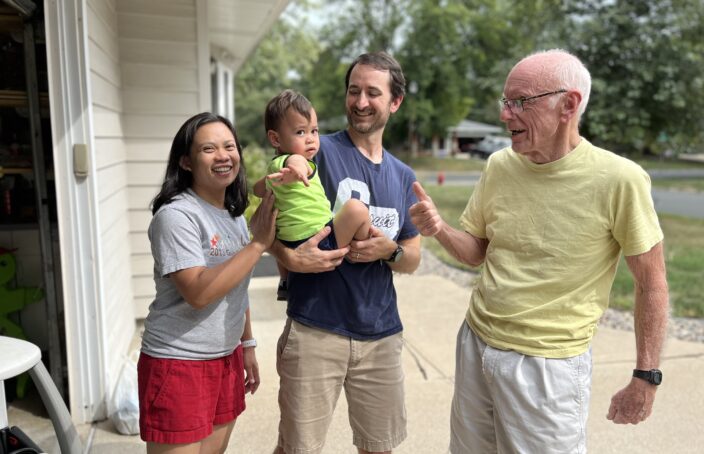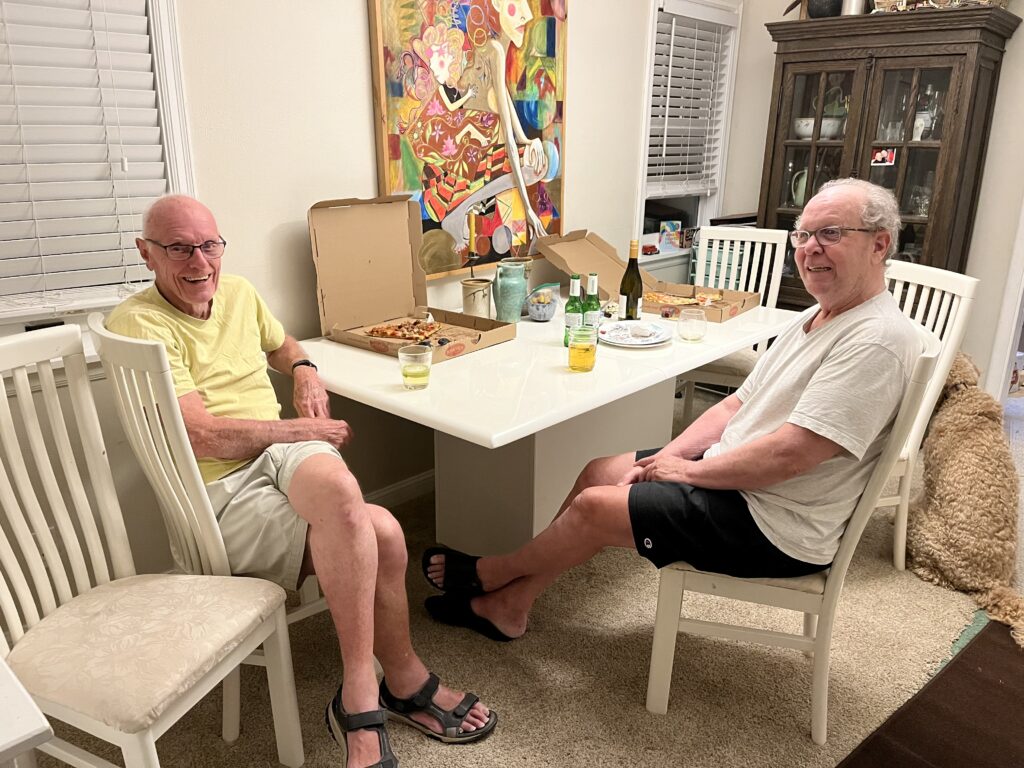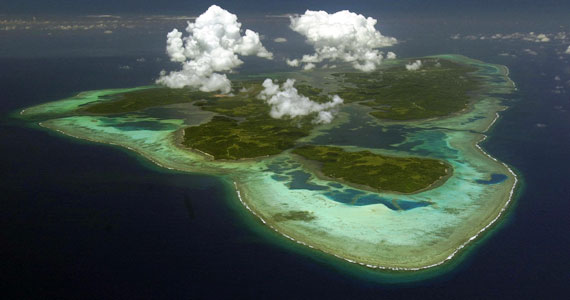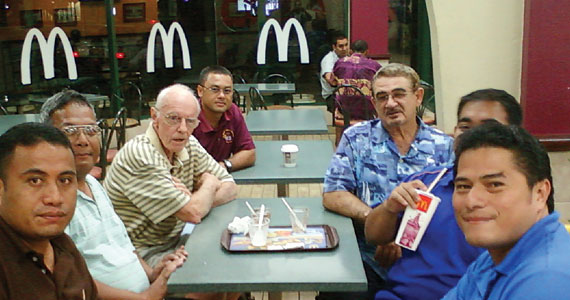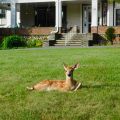Furlough to the Mainland
First stop: Minneapolis
My two-week furlough began on August 31 when I left for Minneapolis. The seven hours to Honolulu was painless, but then again I was seated next to Bernie Helstrom and so had a companion. When she exited, I was left on my own to negotiate the Honolulu airport—ie, picking up baggage and going through customs before traveling the length of the terminal to go through customs again along with the screening (not required in most places) and then the long journey to our departure gate. As I hobbled along, a couple of other passengers muttered that the Honolulu system made no sense at all. I had to agree completely.
The flight to Denver was shorter (6 hours) but much more cramped even though I was seated in the exit row. No problem with leg room, but a tall and hefty guy was in the middle seat and he blocked the light from the side of the plane so that it was hard to read when they turned off the plane lights.
With a three hour layover at the Denver airport, I had time to explore the terminal and walk off some of my grogginess. As I sat down near the departure gate, I heard two women behind me speaking Chuukese. I was about to turn around and ask them a question or two in the language, but by the time I finished my little task they had left, so I never had a chance to shock them as I had planned.
The last leg of the long flight was only two hours. In all, the flight was 15-plus hours of flying time along with four hours of layover—the better part of one whole day. Even so, I wasn’t as tired as I thought I might be, although I had not slept at all on the plane.
Marty and Jeanne Doyle picked me up at the airport and brought me to their house. The visit with them was just what I expected and hoped for: a good conversation, and a probing one, on life experiences and the questions it raises. We spoke about all sorts of high and low moments of life. I told them what I had learned doing pastoral work on Guam, how my practice of prayer had evolved, and what I was dissatisfied with these days. The visit with the Doyles has become a single long conversation. All the more surprising since Marty spent considerable time in the hospital not long ago.
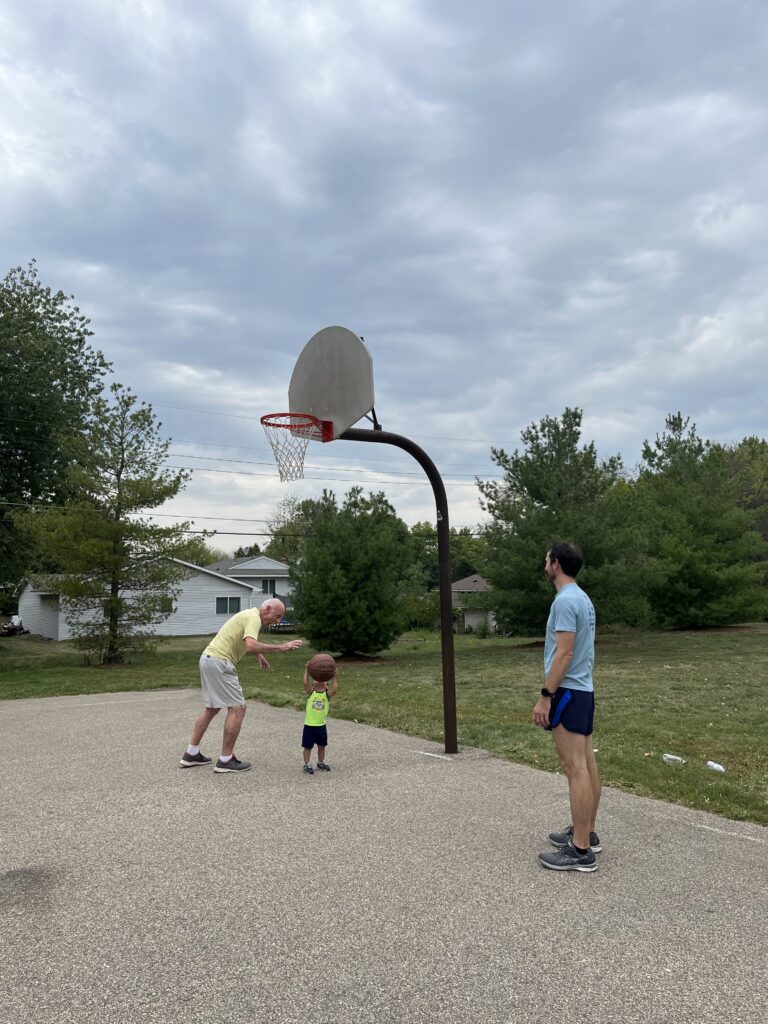
Nick Goetzfridt and his wife Shanty picked me up on my second day in town and brought me out to look through a bookstore before having lunch at a nice restaurant. I had forgotten how dedicated a Catholic Shanty is, with fond memories of the old Campus Ministry on Guam and the priests who ran it. Nick also spoke of his resentment at being flipped off by some of the staff at MARC. I can identify with him on that.
Toward the end of the last day there, I visited Tim Smit and his wife Sheraldine along with their 19-month old child Tobias. The kid is a perpetual motion machine with a voice that shatters glass and nerves, but a sweet boy nonetheless. We all went to a nearby park where Tim and I had a basketball game for old times sake (he won 10-9). Little Toby got his first basketball lessons when he wandered onto the court and paused long enough for me to chase him around.
So ended my short stay in Minnesota.

